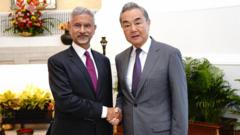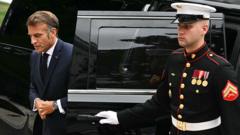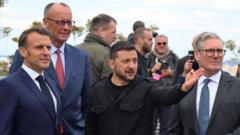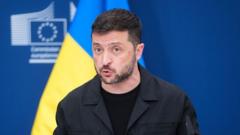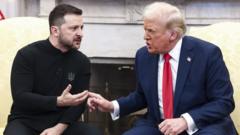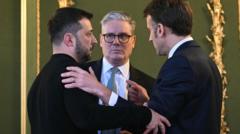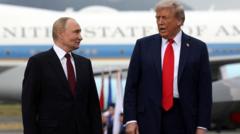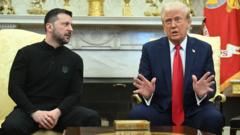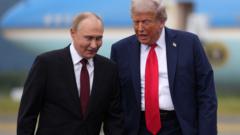A pivotal meeting at the White House gathers global leaders to address the Ukraine crisis, as US President Donald Trump pressures Ukrainian President Volodymyr Zelensky while Europe seeks assurances for long-term security amid rising tensions with Russia.
High-Stakes Talks at the White House: What Each Side Aims to Gain from Ukraine Discussions
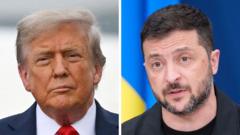
High-Stakes Talks at the White House: What Each Side Aims to Gain from Ukraine Discussions
World leaders convene at the White House to discuss the ongoing Ukraine conflict, with varying agendas and expectations from the summit.
In a rare and high-stakes gathering, world leaders have arrived at the White House for critical discussions on the ongoing conflict in Ukraine. Initially framed as a bilateral meeting between Presidents Donald Trump and Volodymyr Zelensky, the summit evolved into a broader dialogue with representatives from the UK, France, Germany, Italy, Finland, the EU, and NATO joining in to discuss the terms of ending the protracted war with Russia. This urgent meeting reflects heightened European apprehensions regarding the U.S.'s seemingly diminishing support for Ukraine.
The meeting aims to clarify what each faction hopes to secure by day's end. For the United States, the top priority is achieving a peace agreement, regardless of the specific conditions. Trump's earlier promises to resolve the Ukraine-Kremlin conflict quickly appear to have shifted, with a pronounced focus on pressuring Zelensky into concessions, particularly concerning NATO membership and territory claims in Crimea and eastern Ukraine.
Zelensky faces considerable pressure as he navigates the demands from Trump, who has publicly called for him to concede Ukrainian land such as Donetsk and Luhansk—regions where Ukrainian forces have fiercely defended against Russian advances since the 2022 invasion. Such territorial grants would be politically fraught for Zelensky, given the devastating cost in lives and resources invested in defending those areas. He seeks robust security guarantees—previously a NATO responsibility—that may be diluted under pressure from the U.S.
Meanwhile, European leaders at the summit will urge Trump to commit to clear U.S. security guarantees that could deter future Russian aggression. The vague assurances from Washington have raised alarm among European nations, who fear that faltering support could leave them vulnerable to Kremlin expansionist policy. The potential for Ukraine to cede any territory has been met with anxiety as leaders are deeply aware of the historical implications of forcibly redrawn borders.
Contrasting the summit's atmosphere is the absence of Russian representation, which may well reflect a sense of confidence from Moscow that Trump may unintentionally advocate its interests. Trump has made clear statements regarding Ukraine’s NATO membership aspirations being off the table, aligning with Kremlin positions. The ultimate goal for Russia may be framed as the total control of eastern Ukraine coupled with the expectation that Zelensky's intransigence could lead to a breakdown of negotiations, thereby leaving Ukraine isolated.
With so many international stakes on display, this extraordinary meeting at the White House stands to significantly influence Ukraine’s future in the face of ongoing conflict, and the eyes of the world are watching closely.


